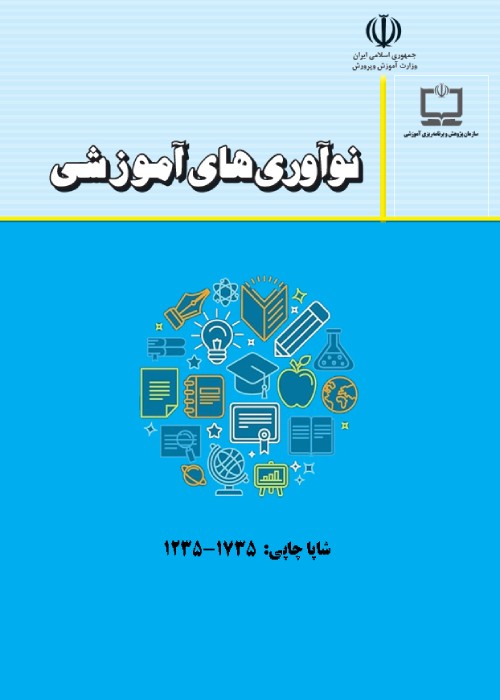Developing a structural model for dropout, based on self-directed learning and family functioning mediated by mindfulness among female students*
Attention to learning and knowledge is one of the factors influential on students' academic performance. Therefore, mindfulness plays an important role in learning. The aim of this research was to develop a mindfulness model based on family functioning and self-directed learning, mediated by school dropout among students in Tehran. It was a descriptive correlational research of structural equation modeling (SEM) type, especially structural regression equations (a combination of path analysis and factor analysis). The research population consisted of Tehran secondary school (1st and 2nd cycle) adolescent females aged 12-18 years old in the academic year 2020 (N=1518998). The sample was selected using a multi-stage cluster sampling method. The research tools consisted of the Family Dynamic Environment Scale (FDES, 2007), Self-directed Assessment in Students' Learning (SDL, 2001), Five Factors of Mindfulness Questionnaire (FFMQ, 2006) and School Dropout Scale (SDS, 2015). Findings revealed that there are positive and significant relationship between the components of family dynamic environment and mindfulness, and also between self-directed learning with family dynamic environment (P≥0.001). Also, there were negative and significant relationship between the family dynamic environment (r= -0.284), self-directed learning (r= - 0.359) and mindfulness (r= - 0.427). In other words, the more dynamic the family environment, the more self-directed learning, and the more mindful the students are, the less likely they are to drop out and vice versa.This Amos software-based approach to modeling covariance-based structural equations (CBSEM) calculates path coefficients and factor loads by minimizing the difference between the sample-based and model-based covariance matrices. This study's statistical population is made up of teenage girls aged 12 - 18 years old in Tehran who are enrolled in high school (first and second years) in the academic year 1399 (N = 1518998).The multi-stage cluster sampling approach was used in this research. First, the Family Dynamics Environment Scale Questionnaire (FDES 2007) and the Student Learning Self-Management Assessment Questionnaire were chosen from Tehran's 22 districts and used as study instruments. First, the Family Dynamics Environment Scale Questionnaire (FDES 2007) and the Student Learning Self-Management Assessment Questionnaire were chosen from Tehran's 22 districts and used as study instruments, as were the Family Dynamics Environment Scale Questionnaire (FDES 2007) and the Student Learning Self-Management Assessment Questionnaire (SDL, 2001).
- حق عضویت دریافتی صرف حمایت از نشریات عضو و نگهداری، تکمیل و توسعه مگیران میشود.
- پرداخت حق اشتراک و دانلود مقالات اجازه بازنشر آن در سایر رسانههای چاپی و دیجیتال را به کاربر نمیدهد.



